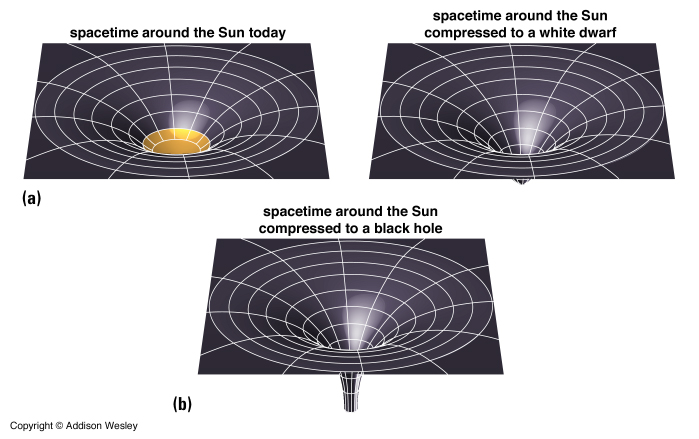How we might see inside a black hole
What's worse than a black hole? Ok, yes, you could be sitting on the toilet when an angry dwarf bursts in with a crossbow an accuses you of sleeping with his girlfriend:
Oh, thank you HBO for giving me not just a picture, but a video clip to go with that line!
But, aside from that, what's worse than a black hole? Lots of them of course! A cluster of black holes may just sound like something a physicist was making to scare his kids, but there are theories of physics - theories involving space having hidden extra dimensions - that would make it possible for there to be massive strings of black holes floating through the universe.
 |
| Above: Professor Farnsworth is the man to tackle this. Better him than me. |
 |
| Above: If you're thinking that Roberto's question is on par with asking 'what happens if I try to re-wire the big red doomsday button', you'd probably be right. |
Above: A quick spot by Greenwich Museums, explaining hat our theories predict could be inside a black hole.
How so and why do we care? A black string can be thought of as being a very elongated black hole, and like a black hole it has an infinitlydense singularity in the middle where all the laws of physics break down, safely cut off from the rest of our universe by an vent horizon - an impassable one-way barrier. If a string is made to vibrate, and collapses into individual black holes, the event horizon can briefly vanish along parts of its length, exposing the singularity.
If you've seen the movie 'interstellar' then you'll know that being able take data from an exposed singularity would let us unify general relativity and quantum mechanics, possibly opening the doors to faster than light travel, time travel, and a political systems that only promote honest, trustworthy politicians*.
Could this all actually happen? According to some theories our universe has more dimensions than its obvious 3 space plus 1 time. If that's true then all black holes would actually be black strings, just with their long axis oriented along the hidden, folded up, extra dimension so we only see their spherical cross section.
If that's a bit tough to visualise, imagine the good old fashioned 'rubber sheet of space' with the stereotypical gaping pit of a black hole punched through it:
What if we could inflate the thickness of the sheet, expanding the extra dimensions, so we could see the black hole as a string? Well then we could watch the string collapse, and perhaps see the singularity exposed - if our card tower of theories holds together. Inflating an extra dimension like that is, in theory, possible: That's what happened to our regular 3 space dimensions just after the big bang. So, maybe, just maybe, the impassable barrier around a black hole can be beaten.
The question would then become not if we can, but if we should.....
Elsewhere on the Internet:
Record amounts of antimatter produced
Exposed water ice seen on comet 67-P and here's the paper
Virgin Galactic to launch 39 satellites
The world looks to a reusable rocket future
NASA tests VR for the space station:
Laser beamed star ships edge closer to reality - and make deflecting asteroids look more likely

No comments:
Post a Comment